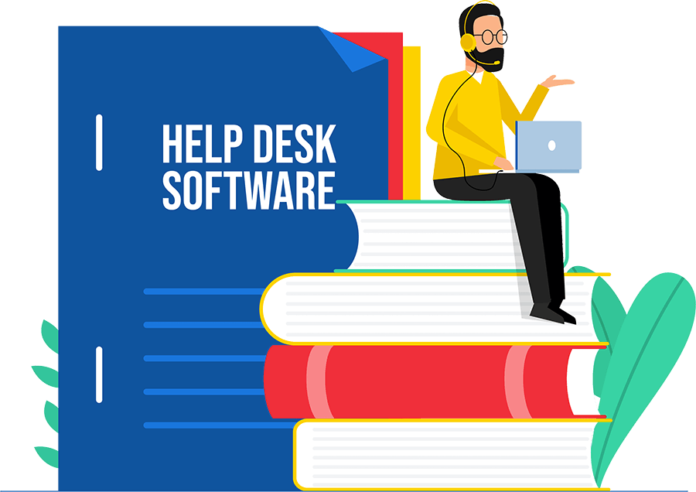Gartner in 2017 made a point. He wrote that by 2018, approximately 25% of large-scale organizations would deploy a strategy to adopt consumer computing experience for a productive corporate computing experience. Organizations are going to make sure that their digital work is proof worthy and trackable. They will make sure that issues are fixed in real-time with tickets raised and directed towards the right team.
It’s all about the user experience.
Not just the user or consumers but also employees should have the freedom to communicate with the IT support team. It’s about serving them support depending on how and when they will need it. Multiple channel service desk is gaining momentum with speed because of the convenience it serves.
So, how to stay in the game or maybe tweak it for more gains?
‘Digitl Me’ isn’t a trend but a convenience that is being utilized by all. At Mirat, we offer a 360-degree view of IT solutions and services. You can say we present a well-rounded picture of your current and future IT needs.
Being part of the next-gen IT support system, Mirat understands that it is a knowledge-based journey, and standardized tools are needed depending on the infrastructure or business using our services.
New Service Delivery Model
The traditional Service Delivery Model: Let’s start with a quick look at the old and traditional delivery models. Employees can find information through self-service portals or by submitting tickets, but the majority of them call, email, or submit a ticket to get help. Employees, on the other hand, must apply for their preferred assistance, such as Teams or Slack, for collaboration and engage in a conversation with a Virtual Assistant to get answers to their questions. If the employee is dissatisfied with the response, a ticket is automatically raised, and you are immediately connected to the dedicated support agent. All of this happens in a matter of minutes. There are two things to keep in mind: Employees are not required to open tickets and wait for hours or even days for them to be closed. Employee issues, whether technical/IT or general HR, are automatically resolved by the automated support system.
IT Service Management to Enterprise Service Management
The traditional siloed approach states that a group works in a silo when its members are disengaged from other groups. Every company has its own set of best practices in Service Management and employee-assistance strategies. Some of these could include an employee self-help portal or a point site where employees can download information. Employees, on the other hand, are frequently unsure which information is correct. Frequently, the information obtained is inaccurate or out of date. Having a ticketing system does not necessarily imply having a Service Desk because it is much more than that. Employee Support is much more than a helpdesk.
Understanding Service Management in the modern era requires learning what employees require and bridging the traditional system gap. Employees want immediate assistance, and the problem with the traditional system is that employees must search for the right assistance at the right time.
Based on this principle, Mirat.ai introduces a new trend in which employees can get IT team support in a single window.
Employees no longer need to look for information from various departments thanks to the Single Window Approach. They can consult with Virtual Assistants and get help from the same window across departments, whether it’s project management, IT services, HR, finance, or facilities. This technology, which we call AIESM, is made possible by AI and automation.
AI’s Role in Transformation
The challenge for the company’s leadership is, “What can’t you accomplish in Enterprise Service Management conversationally?” Using Chatbots, Artificial Intelligence can meaningfully revolutionize learning, knowledge sharing, task management, assistance, collaboration, and automation. AI can change existing organizations by harnessing and interpreting machine data. The insights obtained a few parameters that were utilized to improve the quality of employee service and identify areas for development. These insights can also be used to monitor what is required to improve the existing Service Desk Management and the solutions that are most effective in improving CSAT.
Automation that is less complex
Automation is a broad topic, but six criteria are taken into account while discussing Service Automation, as indicated in the graphic below. Knowledge Automation is the technique of delivering relevant content to employees only when they require it. Knowledge is a specific piece of knowledge that is relevant to a certain individual at a specific time. Changing Key Performance Indicators (KPIs) are a significant concept. However, it is critical to understand that with a paradigm shift in Service Desk Management and Employee Support, there are changes in essential KPIs that must be measured.








